Seals and gaskets under scrutiny
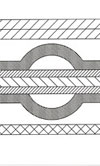 In the first RET Monitor Seals and Gaskets article, we started to examine the research which Trelleborg Sealing Solutions, a leading multi-national manufacturer of gaskets and seals, has published into the interaction of sealing compounds with biofuels. This research will cause fuel system designers to rethink material selection for sealing gaskets and O-rings.
In the first RET Monitor Seals and Gaskets article, we started to examine the research which Trelleborg Sealing Solutions, a leading multi-national manufacturer of gaskets and seals, has published into the interaction of sealing compounds with biofuels. This research will cause fuel system designers to rethink material selection for sealing gaskets and O-rings.
In that article we focused on water contamination of bio-diesel, something which is to an extent, almost inevitable. Water contamination has a significant detrimental effect on the performance of certain elastomers; in particular the bisphenol cured FKM’s and FVMQ, which showed acceptable performance with pure bio-diesel.
In this article we will focus on the compatibility of typical automotive biofuels for gasoline engines with a variety of fuel system sealing compounds, focusing in particular on the phenomenon of rapid decompression failure in high pressure gasoline applications.
Initially Trelleborg conducted standard laboratory tests, which suggested that typical elastomers of Fluorocarbon (FKM) and Flourosilicone (FVMQ) were compatible with commonly used biofuels.
The following fuels were tested; they represent typical automotive fuels for diesel and gasoline engines:
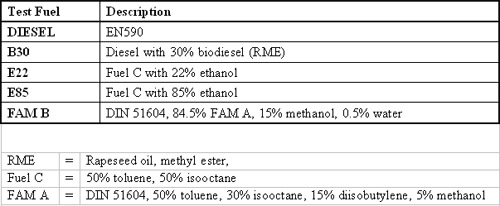
Figure 1. Fuels Evaluated
The following compounds were evaluated; all are used in automotive fuel systems:
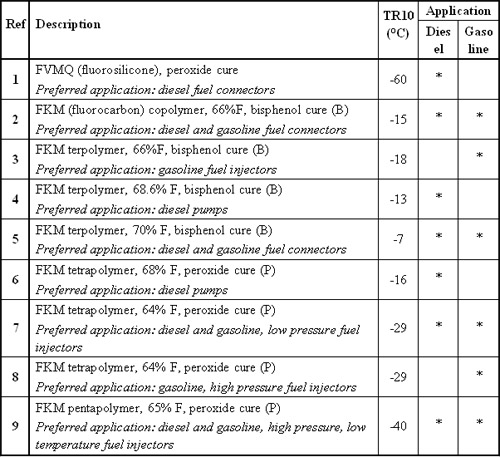
F= Fluorine content
Figure 2. Compounds Evaluated
Figure 3 illustrates the effects of biofuels typically used in gasoline engines, tested for 168 hours at 60°C. It is immediately clear that an ethanol blend ratio of 22% is more aggressive than 85%. Furthermore, FAM Fuel B is more aggressive than E22. For the bisphenol cured compounds fluorine content has the highest effect on volume swell. For certain peroxide cured compounds, in addition to the fluorine content, the substitution of hydrogen by oxygen in the polymer also reduces the volume swell. Although significantly higher property deterioration was noted than in diesel, most of these compounds are used in applications where alcohol containing fuels have been utilised for many years.
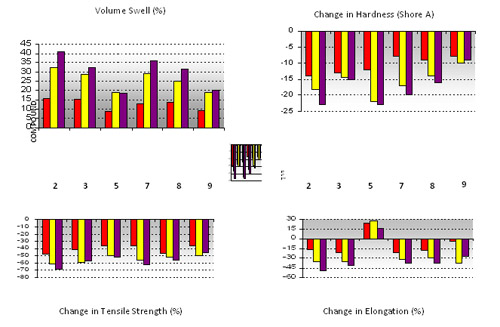
Figure 3. Immersion in gasoline based biofuels for 168 hrs at 60°C
Certain gasoline engines operate at high pressures. In an attempt to approximate the effect of pressure on fuel ageing compound 7 was tested in E22 for 168 hours at 60°C at 120 bars. The test was conducted in a pressure vessel and on completion the pressure was reduced at a rate of 1 bar per minute. Once atmospheric pressure was reached testing of properties was conducted within five minutes. Results are shown in Figure 4 and indicate no significant change in the properties after exposure to the different pressures.

Figure 4. Change in properties of compound 7 (64%F P) after immersion in E22 biofuel for 168 hours at 60°C.
Although all of the above test data indicates that the selected biofuels do not cause unexpected deterioration to the compounds, further testing was conducted to represent service conditions. In this section the effect of rapid decompression on O-rings used in high pressure gasoline systems was investigated.
In high pressure gasoline applications there is the risk of a sudden reduction of pressure in the system. To study the effect of this rapid decompression an experiment was set up as per the parameters in Figure 5. An O-ring manufactured from compound 7 was assembled onto test equipment replicating a high pressure fuel injector. The O-ring was in contact with pressurised fuel from one side, and aged for 168 hrs at 60°C. The pressure was then reduced to atmospheric pressure within one second and the O-rings were inspected. The fuels tested were Fuel C, representing regular gasoline, and E22. For each condition five O-rings were tested.
The results indicate that whereas no failure was detected in Fuel C all O-rings tested in E22 exhibited internal cracks, which whilst still sub-surface, are very difficult to detect. The higher polarity and smaller size of the ethanol in E22 causes higher swell and a large enough reduction in mechanical properties to result in O-ring damage during the rapid decompression. In addition to compound 7, O-rings manufactured from compound 8 were also tested and resulted in no rapid decompression failures in E22. Compound 8 is based on the same polymer as compound 7 but has been specifically compounded to withstand a rapid decompression environment. The results show that these tests are the prerequisite for qualified material recommendations for gasoline high pressure applications.
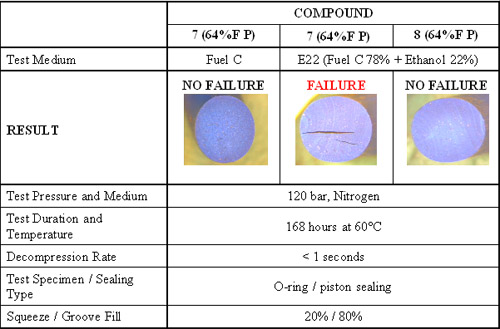
Figure 5. Rapid decompression testing in Fuel C and E22
Conclusions
Although standard laboratory tests suggest that typical FKM’s and FVMQ’s are compatible with the above biofuels, tests designed to replicate service conditions present a different picture.
The addition of ethanol in high pressure gasoline applications increases the possibility of rapid decompression failure. The resultant cracks dramatically reduce the integrity of the seal and are difficult to detect whilst still sub-surface.
These and other similar challenges can be met with the right selection of compounds.
References
[1] Biofuel Systems – New Challenges for Sealing Technology
Gordon Micallef
Trelleborg Sealing Solutions Malta
Axel Weimann
Trelleborg Sealing Solutions Germany
Written by Tom Sharp.